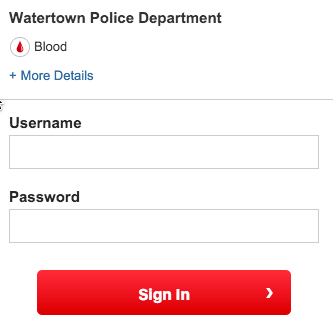My friend Will Eisner(Sr. Director of Product at Acquia) and I recently did a session on Product Strategy at Product Camp Boston. The session was very well received and I wanted to upload the slide deck and write a blog post describing our main thrust here.
One very important aspect of Strategy is defining the hills you aim to own in order to be meaningfully different from the competition in such a way that customers value it. Blue ocean strategy is a book that talks about this a lot, and also talks through the case of Yellow Tail wines. This article describes it well so I will not go into the details of the case here.
Strategy needs to be designed
Strategy is not derived via a mathematical formula. Just like good software, good strategy is designed, and takes a combination of analytical skills, intuition, creativity and leadership to achieve.
Why is good strategy so rare?
Good strategy is rare not because it is rocket science. It is rare because it requires one to make hard choices, to pick a path, to cut off several options. It means giving up on several attractive, good ideas. In this day of unlimited choice, this seems like an unfamiliar thing to do. The most common course of action is to hedge one’s bets.
Bringing strategy to product management
In order to make strategy useful in product management, you as a product manager need to make sure that you a) Know the strategy well b) Need to be able to communicate it c) Need to be able to align all decisions to it and defend the rationale behind this.
Will’s experience at Acquia is great in this regard. Acquia uses Value points for each story, and how it ties to the strategy. Let’s say that their strategy prioritizes five objectives (could be retaining customers, increasing engagement with the software, expanding within a market segment etc.). Each story that helps these factors is given points for the objectives it helps achieve. This brings the discussion away from what a few vocal customers want or what an executive wants, to what is actually good for business and aligned with the strategy of the product.
Several places I have worked at have had a ‘land and expand’ approach to sales. This has helped strongly influence the strategy of each of the products, and how one logically creates a need for next. A key aspect has been being able to tie in not just the strategies of the product, but how the sales and customer success teams work together to help us get to our eventual goals.
Micro decisions
A last – but very important – point is that as a product manager you drive a lot of decisions, but there is no way you can be there for each and every decision made about the product. This could be a design decision, a technology choice etc. It is important that you are not just making the right decisions per your strategy, but you are establishing a decision making framework that helps your team make the right decision even when you are not there. Thus you don’t just have to know the strategy, and don’t just have to use it to guide your decisions, you need to teach it so that your team drives the right decisions.
If you do all this, you might – just might – change the world.




